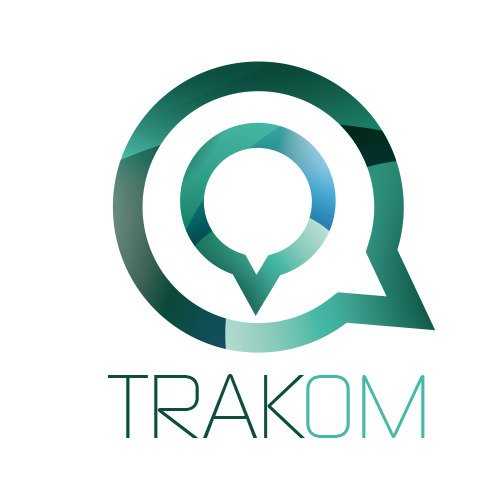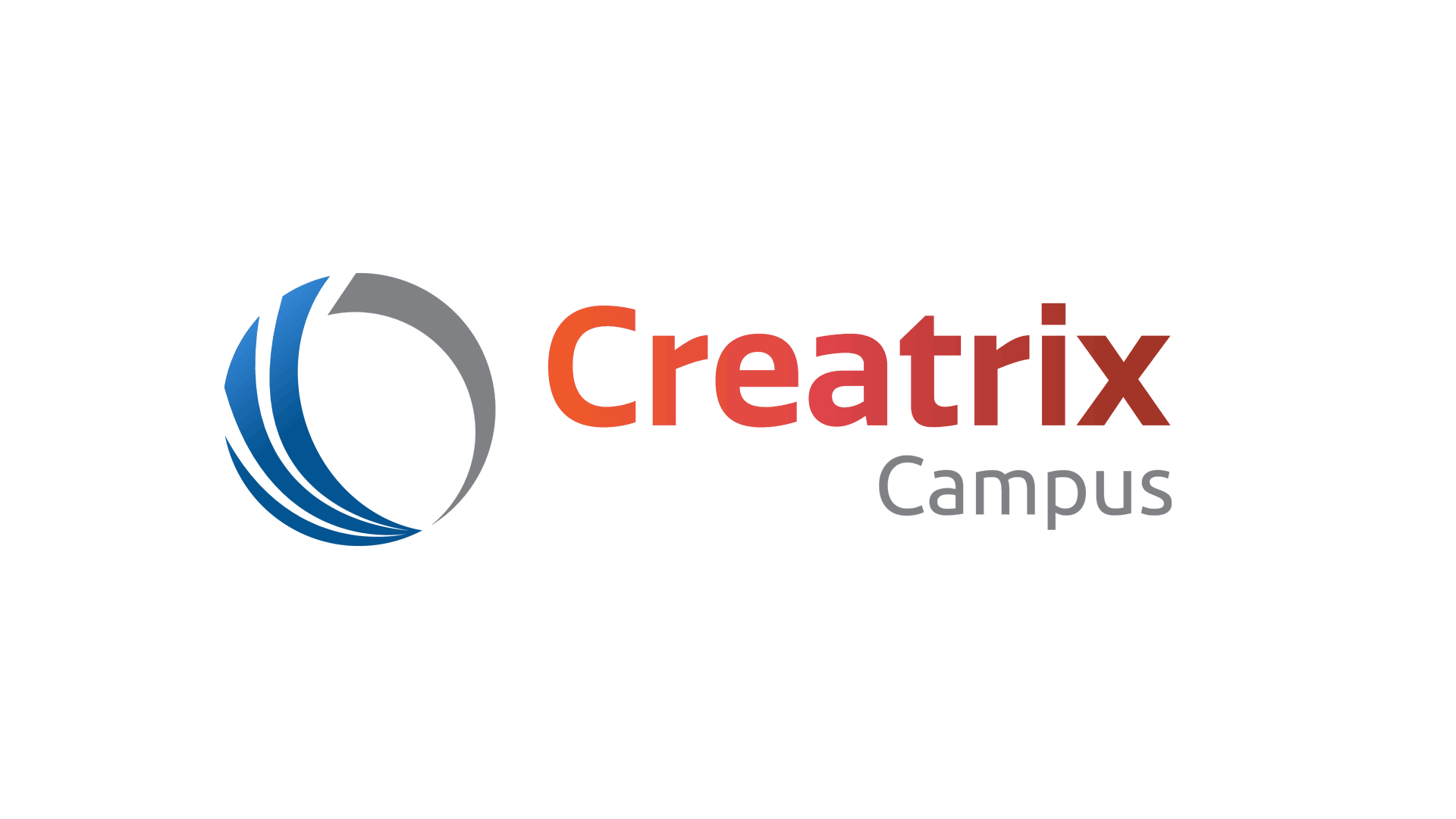What Is School Bus Routing Software?
School bus routing software is a specialized program that simplifies and optimizes the process of designing and managing school bus routes. This novel program is designed to suit the special requirements of educational institutions and transportation departments by effectively generating, maintaining, and altering school bus routes.
School bus routing software allows route planners to create safe and efficient routes for school buses based on distance, traffic patterns, student pick-up and drop-off hours, and designated stops. This eliminates the need for manual route planning, which is time intensive and error-prone. School bus routing software not only simplifies route planning, but it also enables real-time bus tracking, giving school administrators with accurate and up-to-date information on bus positions and any delays.
This tool assures students' safety and provides for timely contact with parents in the event of any modifications or delays. Additionally, school bus routing software includes advanced features such as boundary mapping, route optimization, and automatic re-routing in the event of unexpected road closures or changes in student enrollment. These features help to optimize resources such as fuel use and driver scheduling, resulting in cost savings for the school.
Furthermore, school bus routing software helps schools manage their transportation budgets more efficiently by giving extensive information and analytics on bus usage, fuel consumption, and maintenance costs. This data can help schools make more informed decisions regarding their mobility networks and identify areas for improvement.
Overall, school bus routing software is an effective and necessary tool for schools seeking to improve their transportation management operations. This program can help educational institutions enhance efficiency, safety, and financial sustainability by automating route planning, giving real-time tracking, and delivering additional capabilities for optimization and cost management.
What Are The Recent Trends In School Bus Routing Software?
School bus routing software has evolved fast in recent years, driven by technological breakthroughs and a greater emphasis on school transportation safety and efficiency.
Here are some of the major trends influencing the present market for school bus routing software.
1. GPS Integration And Real-Time Tracking: The incorporation of GPS technology is a crucial element of modern school bus routing software. This enables real-time tracking of school buses, allowing parents and administrators to monitor their whereabouts and expected arrival time. This not only enhances student safety and security, but it also helps to optimize routes and reduce idle time.
2. Automated Route Planning: Using advanced algorithms, school bus routing software can now develop optimal routes based on traffic patterns, student pick-up and drop-off locations, and road conditions. This eliminates the need for manual route planning in school transportation agencies, saving time and resources.
3. Mobile Accessibility: Many school bus routing software now includes mobile applications that allow parents and school workers to get real-time information on bus positions and updates. This has substantially improved communication and openness, giving parents peace of mind while expediting the process for school officials.
4. Integration With Other School Systems: School bus routing software is increasingly being integrated with other school systems, such as student information systems and attendance monitoring software. This enables smooth data interchange and streamlining of administrative procedures, resulting in a comprehensive perspective of school operations.
5. Safety Emphasis: As student safety concerns grow, school bus routing software now includes features like panic buttons, emergency notifications, and driver performance monitoring. This not only protects student safety, but also enables effective control of emergency situations.
Overall, recent advancements in school bus routing software have shown a significant emphasis on safety, efficiency, and interaction with other school systems. As technology advances, we may expect additional improvements in these areas, resulting in a more seamless and secure experience for school transportation management.
Benefits Of Using School Bus Routing Software
School bus routing software, also known as school transportation management software, is a specialized system that automates the process of designing efficient and safe bus routes for kids. With an ever-increasing student population and the complexity of bus routes, school bus routing software has become an essential tool for school districts and transportation departments.
This software automates the entire routing process, from planning and optimization to daily adjustments and communication, resulting in various advantages for both school administration and parents. One of the primary advantages of adopting school bus routing software is increased efficiency and cost savings. The software uses powerful algorithms to generate the most effective bus routes feasible, taking into account student locations, pick-up and drop-off hours, and traffic patterns.
This reduces bus trip time, resulting in lower fuel and labor expenses. Furthermore, the software can help identify regions where routes might be optimized, resulting in additional cost savings. Another benefit of school bus routing software is enhanced student safety. The software takes into account road conditions, weather, and potential risks when determining the safest path for kids.
It guarantees that students are picked up and put off in safe locations, reducing the chance of accidents while ensuring a smooth and timely journey. Furthermore, school bus routing software enables real-time tracking and communication. Parents can utilize a smartphone app or an internet site to track the exact location of their child's bus, providing peace of mind and avoiding the need for phone calls to school.
The software also provides real-time updates on bus delays and modifications, ensuring that parents are always informed. This tool also enhances communication between the school and the parents, fostering transparency and confidence. Furthermore, school bus routing software alleviates the stress on school administration and transportation departments by automating manual processes.
Personnel may focus on more critical duties thanks to automated routing and scheduling, resulting in greater productivity and efficiency. The program also maintains detailed records of bus routes and driver activities, making it easier to evaluate data and enhance future route planning. Last but not least, school bus routing software is environmentally friendly. By developing optimum routes, it minimizes the number of buses on the road, lowering carbon emissions and increasing sustainability.
Important Factors To Consider While Purchasing School Bus Routing Software?
Choosing the correct school bus routing software is critical to ensure your educational institution's transportation operations are safe and efficient. With so many options available on the market, it might be difficult to choose the program that best meets your needs.
To help you make an informed decision, here are some crucial considerations to consider when selecting school bus routing software.
1. Route Planning And Optimization Capabilities: The major purpose of school bus routing software is to plan and optimize routes for school buses. Thus, it is critical to assess the software's route planning skills. Look for real-time tracking, traffic updates, and route customization based on student needs and road conditions.
2. User-Friendly Interface: A user-friendly interface is critical to the software's overall effectiveness. It simplifies navigation and reduces the learning curve for your employees. Look for software with a straightforward and intuitive interface; this will save you time and resources in the long run.
3. Integration With GPS And Communication Systems: To successfully monitor and track your school buses, integration with Global Positioning System (GPS) and communication systems is required. This enables real-time updates and effective contact with drivers, which is especially useful in emergency situations.
4. Comprehensive Data Management: School bus routing software collects and maintains large amounts of data. As a result, it is critical to select software that provides a comprehensive data management system. Look for features like data encryption, secure backup, and the ability to generate reports and analytics to aid decision making.
5. Customization And Scalability: Each educational institution has distinct transportation requirements, and your school bus routing software should be able to meet them. Look for software that is customizable and adaptable, which means it can grow with your institution's number of students and busses.
6. Training And Support: Investing in school bus routing software is only beneficial if your employees can utilize it properly. Consider the training and support alternatives offered by the software business. Look for demos, training materials, and 24-hour customer support to ensure that your staff can make the most of the program.
What Are The Key Features To Look For In School Bus Routing Software?
When selecting school bus routing software for your institution, look for crucial features that will help streamline and simplify your transportation operations. Making a decision might be overwhelming when there are so many options available on the market.
To guarantee that you invest in the correct software, these are the main aspects to emphasize when selecting school bus routing software:
1. Real-Time GPS Tracking: With this function, you can follow the whereabouts of your school buses in real time, allowing you to properly manage routes and schedules. It also gives accurate arrival and departure times, ensuring that students arrive safely and on time at their scheduled places.
2. Route Optimization: Look for software that can generate the most efficient and cost-effective routes based on a variety of criteria, including traffic, weather conditions, and student demographics. This function can help to cut fuel expenses, shorten travel times, and increase overall operating efficiency.
3. Customizable Route Creation: The program should allow you to tailor routes to your individual requirements, such as accommodating pupils with special needs or ensuring that specific students are picked up and dropped off at predetermined locations.
4. Automated SMS And Email Notifications: This feature may keep parents, teachers, and kids informed of any changes to bus timetables, delays, or other critical information. These notifications can also be provided in real time, ensuring a consistent form of communication.
5. Driver And Vehicle Management: The program should offer tools for managing driver and vehicle information, such as licensing and insurance information, maintenance schedules, and driver assignments. This can help verify that drivers and cars are up to date and in accordance with legislation.
6. Multi-Platform Access: Look for software that can be accessed from various devices, including PCs, tablets, and smartphones. This allows for greater flexibility and accessibility for the management team, drivers, and parents.
7. Data Management And Reporting: The program should include a reliable data management system capable of tracking and storing data pertaining to bus routes, schedules, and student information. It should also be able to provide reports and statistics to help with decision-making and performance evaluation.
Why Do Businesses Need School Bus Routing Software?
School bus routing software is essential for ensuring that school transportation systems run smoothly and efficiently. In today's fast-paced world, where time is of the essence, having dependable and intelligent routing software not only saves time but also enhances safety measures and lowers operational expenses for organizations.
Here's why your company needs school bus routing software.
1. Optimized Routing And Scheduling: School bus routing software employs complex algorithms to generate the most efficient routes and timetables for school buses. It considers traffic patterns, road conditions, and student information while designing ideal routes that save time and fuel.
2. Improved Safety: School bus routing software, which includes features such as real-time GPS tracking and route optimization, protects student safety. It keeps drivers continually updated on traffic and weather conditions, allowing them to avoid potential hazards and take safer routes.
3. Cost Savings: By optimizing routes and schedules, school bus routing software helps organizations reduce operational costs. It decreases fuel usage, vehicle wear and tear, and labor expenses, resulting in significant cost savings for the company.
4. Improved Communication: Effective communication is critical for the seamless operation of any transportation system. School bus routing software enables quick communication among drivers, school administrators, and parents, improving the overall efficacy and transparency of the transportation process.
5. Effective Resource Management: School bus routing software gives firms vital data and insights into their transportation operations. This allows them to make more informed judgments about resource allocation, such as the number of buses required, the best routes to take, and any changes that may be necessary.
6. Streamlined Administrative Tasks: Manual routing and scheduling are time-consuming and error-prone. School bus routing software automates these tasks, allowing administrative staff to focus on more essential problems.
How Much Time Is Required To Implement School Bus Routing Software?
The time required to establish school bus routing software varies according to the software and the size and complexity of your school district's transportation system. However, in general, the implementation process can be divided into various stages, each with its own timeline.
1. Research And Selection: The first step in deploying school bus routing software is to identify and select the best software for your district. This can take anywhere from a few weeks to a couple of months, depending on how comprehensive your study is and how many software solutions you are looking into.
2. Data Collection: After you've chosen your software, the next step is to collect all of the data that will be utilized to generate bus routes. This can include information about students, school sites, bus stops, and more. Depending on the size of your area and the availability of data, this step can last anywhere from a few weeks to a few months.
3. Program Setup: The program must be installed and configured in accordance with your district's individual needs and requirements. This can include entering all of the obtained data, developing and testing various route scenarios, and ensuring that the program is modified to match your district's transportation standards. Depending on how intricate your district's transportation infrastructure is, this stage might take anything from a few weeks to a number of months.
4. Training: It is critical to provide training to your transportation employees who will be utilizing the program. This can involve instruction on how to enter data, build routes, and use other program capabilities. The amount of time required for training will be determined by the number of employees and their level of technological familiarity. It can last from a few days to a couple of weeks.
5. Testing And Fine-Tuning: After installing the software and training the staff, the next step is to test the routes and make any necessary adjustments or fine-tuning. This could include testing bus routes, fine-tuning software settings, and ensuring that all data is accurate. This stage can last from a few weeks to a couple of months.
Overall, the implementation process can last anywhere from a few months to a year, depending on the size and complexity of your district's transportation system. However, with careful preparation and a dedicated staff, you can ensure that school bus routing software is implemented smoothly and efficiently, improving your district's transportation operations.
What Is The Level Of Customization Available In School Bus Routing Software?
School bus routing software is highly customizable to accommodate the unique needs of various schools and transportation authorities. This allows them to manage their bus routes more efficiently and effectively while still providing children with a safe and reliable transportation system. The level of customisation available in school bus routing software varies according to the vendor and the capabilities offered.
However, most software solutions provide for flexibility in the following areas:
1. Route Planning: One of the most important functions of school bus routing software is route planning, which allows users to build and optimize routes based on a variety of factors such as student addresses, school locations, and traffic conditions. This feature provides a high level of customisation, allowing customers to design routes that are tailored to their individual needs.
2. Stop Management: School bus routing software allows users to specify the number and location of stops depending on considerations such as student safety, time limits, and bus capacity. They can also add or delete stops as needed, making it easier and more efficient for both students and drivers.
3. Real-Time Tracking: Many school bus routing software solutions have real-time tracking capabilities, allowing users to monitor bus whereabouts and track progress. This function can be programmed to send alerts and notifications to parents and school administrators, giving them with real-time information about the bus's arrival and departure.
4. Student Information: School bus routing software allows you to customize student information, such as grade level and special needs, to provide a safe and efficient transportation experience. This allows drivers and transportation workers to plan and manage routes more efficiently, as well as cater to each student's individual needs.
5. Reporting And Analytics: With customizable reporting and analytics options, schools and transportation departments may track and analyze a variety of data points such as bus routes, schedules, and fuel use. This gives vital information that may be utilized to improve route planning and make data-driven decisions.
Which Industries Can Benefit The Most From School Bus Routing Software?
School bus routing software is an invaluable resource for a wide range of industries that require transportation services for their pupils.
The following industries can benefit the most from deploying this software:
1. Educational Institutions: This is the first industry that comes to mind when talking school bus routing software. Educational institutions, including schools, colleges, and universities, contain a significant number of students who must be transported safely and effectively. This program allows them to streamline their bus routes, cut transportation expenses, and track bus positions in real time.
2. School Transportation Firms: School transportation firms can also benefit significantly from school bus routing software. These companies are in charge of providing transportation services to various educational institutions. This program allows them to properly manage their fleet, minimize route planning time, and increase communication with drivers and schools.
3. Government Agencies: Routing software can help municipalities and government agencies manage and administer school bus transportation systems. These entities are in charge of guaranteeing the safety and reliability of school bus service. This program allows them to optimize routes, analyze bus conditions, and track vehicles in real time.
4. Private Transportation Companies: Routing software can help private transportation companies who provide school bus services to individual or charter schools. This program can help them plan more effective routes, save money on fuel, and offer real-time updates to parents and school officials.
5. Non-Profit Organizations: Non-profit organizations that provide school bus service to impoverished communities or arrange transportation for extracurricular events can also benefit from routing software.
This program can help them manage their limited resources more effectively while also ensuring the safety of the pupils they serve. Overall, school bus routing software is a versatile tool that may help a variety of sectors that provide transportation to schools. This program has the potential to significantly improve the transportation experience of students, parents, and educational institutions by optimizing bus routes, lowering expenses, and increasing overall efficiency.
Conclusion
Finally, investing in comprehensive and effective school bus routing software is a good move for any educational institution trying to improve its transportation system. Buyers may make informed decisions that are tailored to their unique demands and budget by taking into account elements such as software features, compatibility, and cost-effectiveness.
Furthermore, when considering the possible benefits of real-time tracking, route optimization, and communication capabilities, a well-chosen routing software can significantly improve the safety, timeliness, and overall efficiency of school bus operations. With so many options on the market, consumers are encouraged to conduct extensive research and compare various software before making a purchase. We hope that this guide has provided useful information and aided in the decision-making process for individuals considering upgrading their school bus routing system.






















